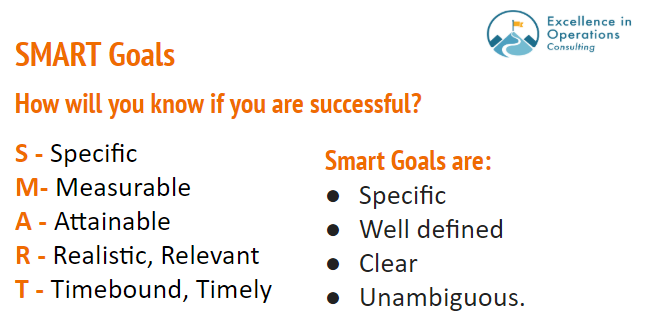As this year finally draws to a close, rather than focus on what was lost or never happened in 2020, it seems time to note what I am grateful for.
Family and Friends
My family
I’m so grateful for my family. They keep me grounded. Though sad to lose my mom this year, at least I know she was really ready to leave this world and never had to grapple with the idea that were were having a pandemic.
Friends
I am so fortunate to have a wide array of friends. While many started from a shared outdoor activity, most are so much more than that, helping me navigate an issue or see some perspective on the challenge of the time. Or we just have fun!
Socially Distanced Mountain Biking
Business Connections
In March, I thought my work would completely dry up, but it turned out that many of the connections I had been trying to make became great working relationships due to the CARES act funding and the need for “Technical Assistance” for businesses small and large (and everything in between). For this I am so grateful!
I served as a Recovery Navigator for Montpelier Alive!, providing downtown Montpelier VT businesses with information and/or connections on a wide variety of topics including COVID guidelines/safety, grants/loans, and/or transforming their business with eCommerce or online initiatives. With the Center for Women and Enterprise (CWE) as well as the Vermont Sustainable Jobs Fund (VSJF), I provided technical (business) assistance, coaching, as well as just a friendly face on Zoom - all of which were needed through the course of the year.
So work transitioned to remote, largely on Zoom. No travel!
In addition, I worked with a new group of Project Managers (PM Response) who were focused on providing pro bono Covid-19 response to organizations in need of help. Through that I made more great connections, and supported Vermont Manufacturing Extension Center’s new web based collaboration tool, MXVT.
While there was initial shock and often difficultly in knowing how to react to the pandemic, it was truly amazing to see how businesses repositioned themselves, tried new things and thought out of the box. Many have had to cut their businesses to the bare bones, but they will survive! We will all be grateful to these businesses who do make it out on the other end - we will need to support them not only as we can now, but through the next years as they crawl out of their pandemic caused holes.
During the initial lock down, Edelweiss in Stowe became our go-to place. When their normal business dried up, they “pivoted” early on to provide take out meals for first responders (and others). Here we could get missing food supplies or comfort food take out when we were sick of cooking, and more importantly, always find a friendly but masked face to chat with.
The restaurants have been so hard hit. While we did do a fair bit of take-out, we only did indoor dining on a few rare occasions (try 4PM on a Tuesday night to have the whole dining room to yourself. ) Sitting at the bar and talking to the bartender made us realize what we were missing.. that comradery and fun discussion with whoever is at the bar. We hope it will be coming back for us in 2021!
Nature
I’m so grateful for where I live - Gardening was such a comfort in the spring & summer. Lot of room to roam & Mt. bike
And there is such beauty in Vermont no matter what the season! My dog Bodie & I found some great new glades to explore this winter.
While travel was largely within Vermont, it was wonderful to have George’s mom’s house on Cape Cod to escape to - even recently when hiking sand dunes was a great adventure (and welcome alternative to a largely snow-less Vermont).
And so this was my 2020… a year we may not be so fond of but will never forget.
Here’s to a December 2020 sunrise - Let’s hope 2021 brings the end to this pandemic. Meanwhile, today, tomorrow and every day of your life, take advantage of what you can do and be grateful for all the family, friends, connections and experiences you have!






























































